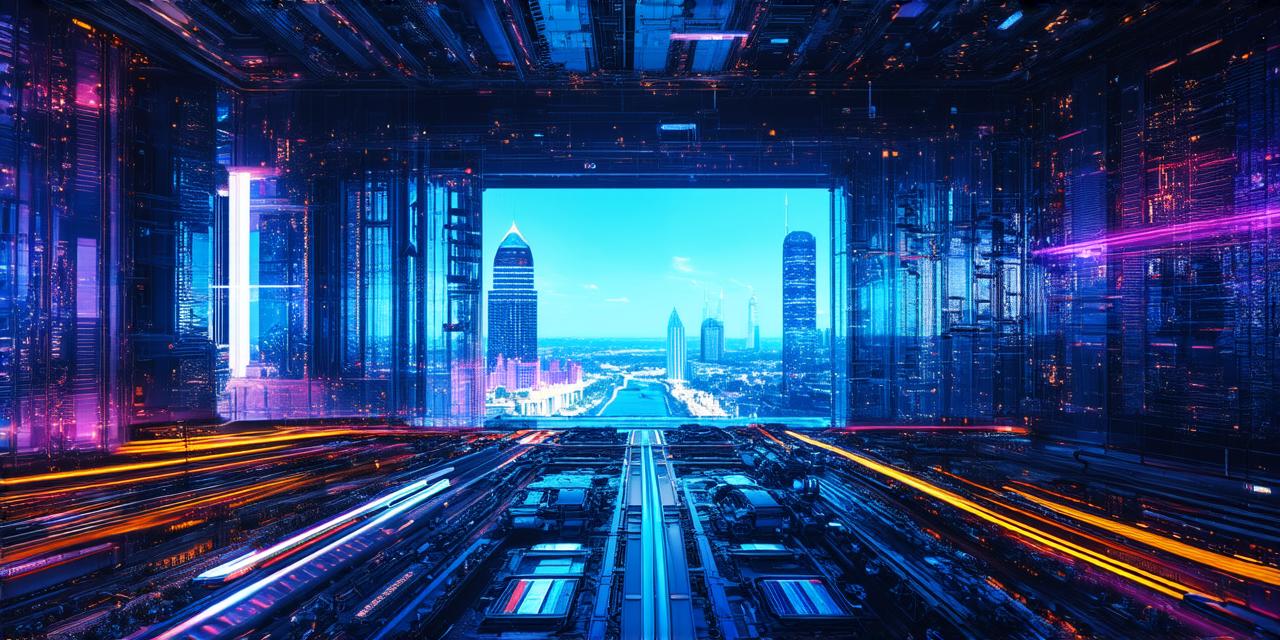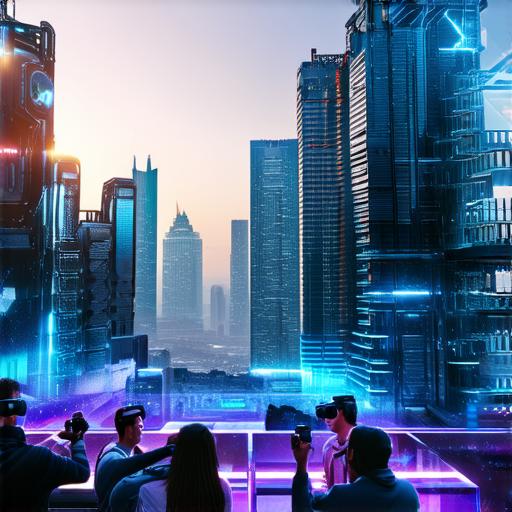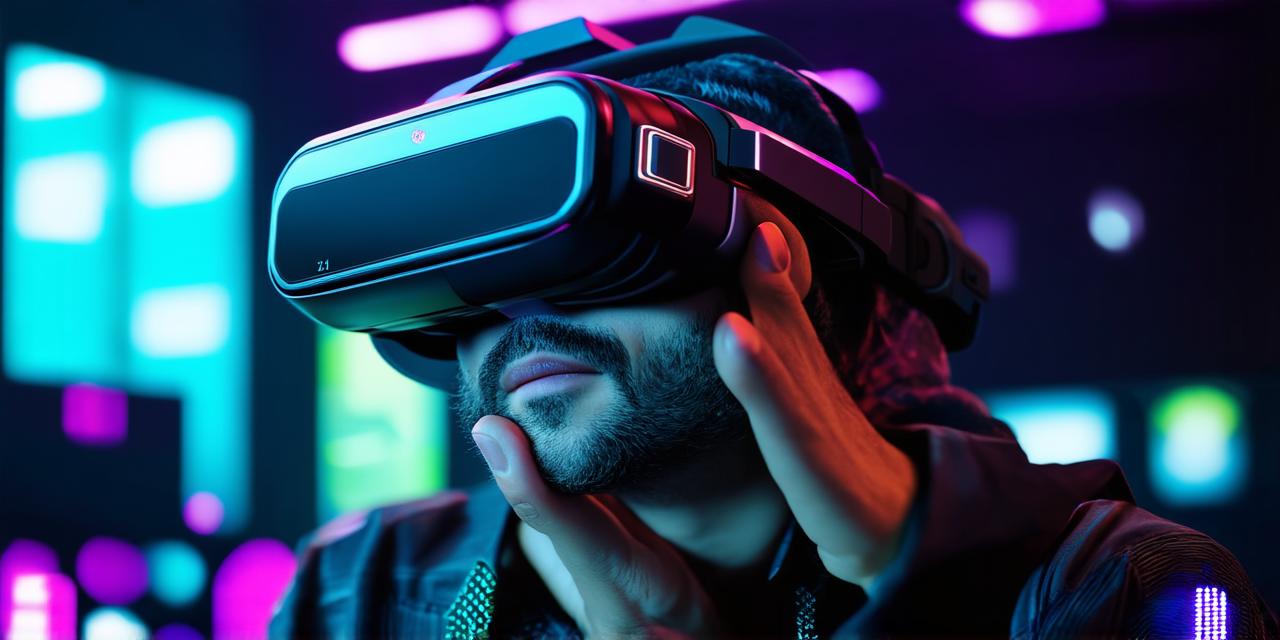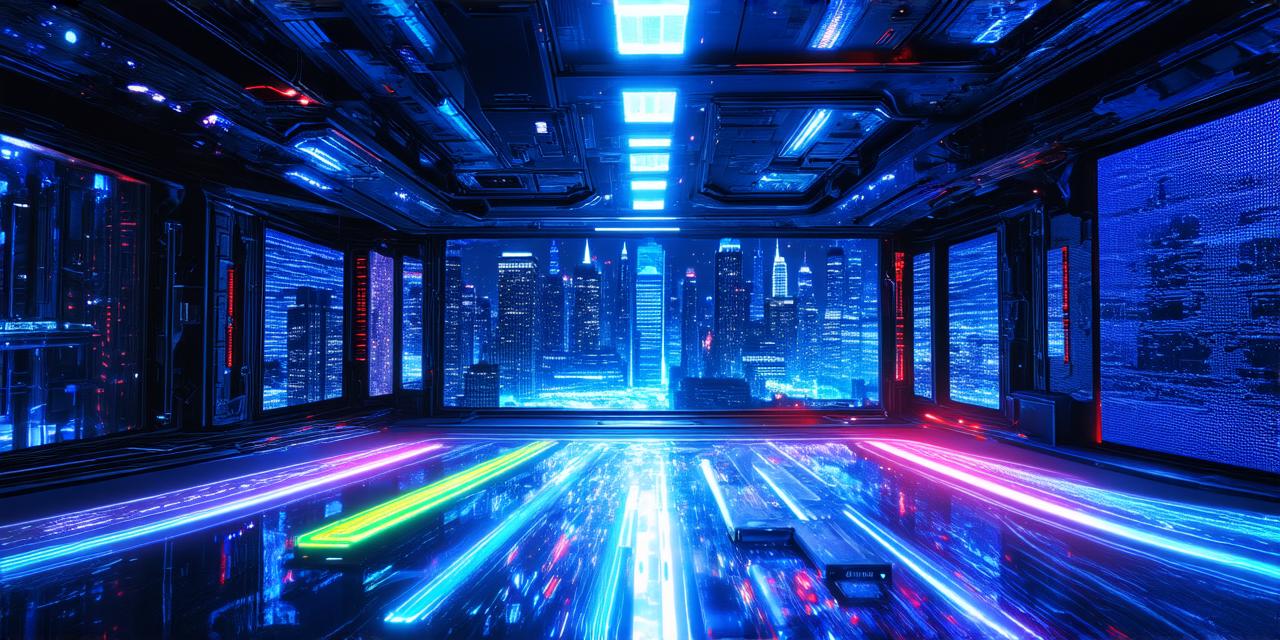
How Does Virtual Reality Drive Economic Development?
- 0
Virtual reality (VR) and mixed reality (MR) have become increasingly popular in recent years, with many businesses and organizations recognizing their potential to drive economic development. By providing immersive and interactive experiences, VR and MR offer new opportunities for training, education, entertainment, and more. In this article, we’ll explore the ways in which virtual reality drives economic development across a range of applications.
Virtual Reality Training: A Key Driver of Economic Development

One of the most significant benefits of virtual reality is its ability to provide immersive training experiences for employees. By allowing individuals to practice new skills and techniques in a simulated environment, VR can help improve job performance and increase productivity. This can lead to increased revenue for businesses and greater economic growth.
For example, many healthcare providers are using virtual reality technology to train medical professionals. In these simulations, doctors and nurses can practice surgeries and other procedures without risking harm to patients. This not only improves the quality of care but also saves money on training costs. By improving job performance and reducing errors, VR can help healthcare providers provide more efficient and effective services, which can drive economic growth in the industry.
Virtual Reality Education: A New Frontier for Learning
Virtual reality is also transforming the way we teach and learn. In virtual classrooms, students can attend lectures and participate in discussions from anywhere with an internet connection, making education more accessible and affordable. VR technology can also be used to create highly engaging and interactive educational experiences that capture students’ attention and help them retain information more effectively.
For example, some schools are using VR to teach science and math concepts. In these simulations, students can explore complex ideas in a more hands-on and immersive way than they would with traditional teaching methods. This not only helps students learn more effectively but also makes education more engaging, which can lead to increased enrollment and revenue for educational institutions.
Virtual Reality Entertainment: A Growing Industry
Virtual reality is also revolutionizing the entertainment industry, providing new opportunities for immersive gaming experiences, virtual tours, and other interactive activities. As VR technology continues to advance, we can expect to see more innovative and engaging applications emerge.
One example of this is the growing popularity of virtual travel experiences. With VR, individuals can take virtual tours of museums, landmarks, and other cultural attractions from the comfort of their own homes. This not only makes travel more accessible but also saves money on transportation and accommodation costs. By providing new ways for people to experience entertainment and culture, VR can drive economic growth in these sectors.
Virtual Reality Marketing: A New Frontier for Advertising
Virtual reality is also being used in marketing campaigns to create highly engaging and immersive experiences that capture the attention of consumers. By offering virtual product demos, interactive brand experiences, and other immersive content, businesses can engage with their customers in a more meaningful way than they would through traditional advertising methods.
For example, some car manufacturers are using VR to showcase their latest models. In these simulations, customers can explore the features of the cars in a more immersive and interactive way than they would with traditional product demos. This not only helps consumers make more informed purchasing decisions but also creates a positive brand image for the company, which can drive economic growth.
Virtual Reality and E-commerce: A Match Made in Heaven
Virtual reality is also being used in e-commerce to create highly engaging shopping experiences that help consumers make more informed purchasing decisions. By offering virtual product demos, interactive store tours, and other immersive content, businesses can provide a more personalized and engaging shopping experience for their customers.
For example, some fashion retailers are using VR technology to allow customers to try on clothes virtually before making a purchase. This not only helps consumers make more informed purchasing decisions but also saves money on returns and shipping costs. By providing a more engaging and personalized shopping experience, VR can drive economic growth in the e-commerce industry.

